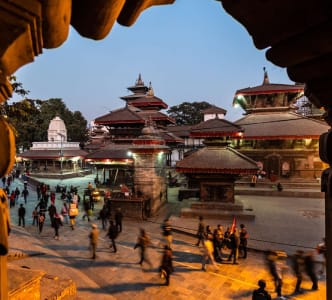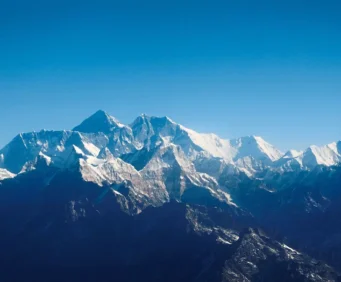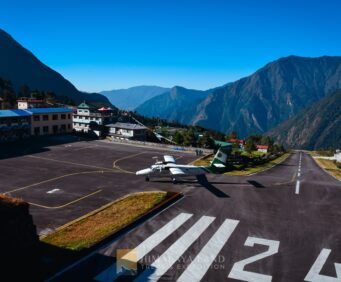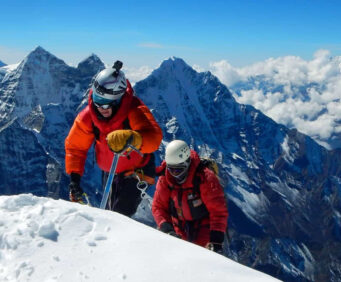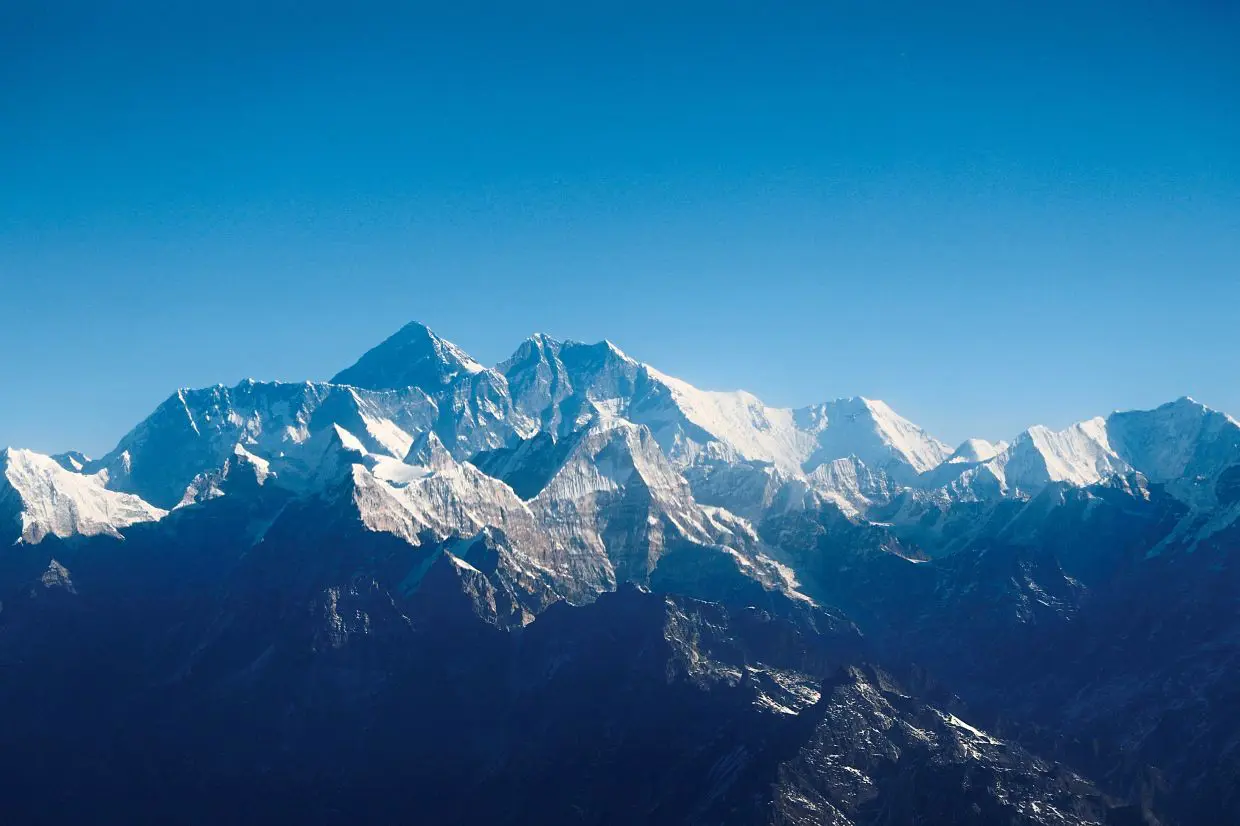
Everest North Face vs South Face: The Ultimate Climber’s Comparison
20th April, 2025 - Posted By: Himalayan AbodeWhen it comes to the world’s highest mountain, the debate of Everest North Face vs South Face is central to every climber and trekker’s planning. Both routes offer unique challenges, breathtaking scenery, and different cultural experiences, but each has its own risks, logistics, and rewards. In this comprehensive article, we’ll break down every aspect of the Everest North Face vs South Face question, helping you decide which side of the mountain matches your ambitions and abilities.
Introduction: The Two Faces of Everest
Mount Everest, rising 8,848.86 meters above sea level, straddles the border between Nepal and Tibet (China). The South Face, accessed from Nepal, is the classic route made famous by the first successful ascent in 1953 by Sir Edmund Hillary and Tenzing Norgay. The North Face, approached from Tibet, is less crowded and more remote, favored by climbers seeking a technical challenge and solitude.
Both sides are steeped in history, culture, and adventure. The South Face offers a rich Sherpa culture and a legendary trekking route, while the North Face provides stark, high-altitude landscapes and a sense of isolation. Choosing between Everest North Face vs South Face is about more than logistics—it’s about the kind of experience you want on the world’s roof.
Everest North Face (Tibet/China): A Technical, Remote Ascent
Location and Access
The Everest North Face is located in Tibet, China, also known as Chomolungma. Access begins with a flight to Lhasa, followed by a multi-day overland journey through Gyantse, Shigatse, and Tingri, ending at Rongbuk Monastery. From there, climbers can drive or walk to North Base Camp at 5,150 meters.
Route Overview
- Base Camp (5,150m): Easily accessible by vehicle, eliminating the need for a long trek.
- Advanced Base Camp (6,400m): Reached via a 22km trek from Base Camp.
- North Col (7,000m): The first major technical challenge.
- Second Step (8,610m): The most infamous section, a near-vertical rock face requiring technical climbing skills.
- Summit (8,848.86m): The final push involves exposed ridges and high winds.
Why Choose the North Face?
- Less Crowded: Fewer climbers, minimal congestion on the route.
- Lower Permit Fees: Cheaper than the South Face, with permit costs between $15,800–$18,000.
- No Khumbu Icefall: Avoids the dangerous icefall present on the South Face.
- Technical Challenge: The Second Step is one of the most difficult sections on Everest, attracting experienced mountaineers.
Difficulties and Risks
- Harsh Weather: The North Face is colder, drier, and windier, with temperatures dropping below –30°C.
- Technical Sections: The Second Step is notorious for its difficulty and fatality rate.
- Limited Rescue: No helicopter evacuations above Advanced Base Camp; climbers must rely on self-rescue and ground support.
- Altitude Exposure: Higher base camps mean longer exposure to extreme altitude, increasing the risk of altitude sickness and frostbite.
Everest South Face (Nepal): The Classic, Supported Route
Location and Access
The Everest South Face is in Nepal, with access starting from Kathmandu. Climbers take a flight to Lukla, then trek for 10–12 days through the Khumbu Valley, passing iconic Sherpa villages and breathtaking Himalayan scenery before reaching South Base Camp at 5,364 meters.
Route Overview
- Base Camp (5,364m): Reached by trekking through the Khumbu region.
- Khumbu Icefall: The most dangerous section, with shifting ice towers and crevasses.
- Western Cwm & Lhotse Face: Challenging snow and ice climbing.
- South Col (8,000m): The final camp before the summit push.
- Hillary Step: A legendary rock face near the summit, less technical than the Second Step on the North Face.
Why Choose the South Face?
- Higher Success Rate: More established infrastructure and support lead to more summit successes.
- Better Rescue Options: Helicopter evacuations are possible up to Camp II, improving safety in emergencies.
- Rich Culture: Trekking through Sherpa villages offers a cultural immersion and a scenic approach.
- Warmer Temperatures: The South Face receives more sunlight and is generally warmer, though still extremely cold at high altitudes.
Difficulties and Risks
- Khumbu Icefall: The deadliest part of the route, requiring multiple crossings during acclimatization.
- Crowds: The South Face is the most popular route, leading to potential traffic jams, especially during summit windows.
- High Permit Fees: Permit costs are higher, with total expedition expenses ranging from $40,000–$80,000.
- Unpredictable Weather: The South Face is influenced by the Indian monsoon, with rapidly changing conditions and frequent snowfall.
Everest North Face vs South Face: Detailed Comparison
| Feature | North Face (Tibet/China) | South Face (Nepal) |
|---|---|---|
| Base Camp Access | By vehicle, no trekking | 10–12 day trek from Lukla |
| Permit Cost | $15,800–$18,000 | $15,000 (spring 2025) |
| Total Expedition Cost | $30,000–$45,000 | $40,000–$80,000 |
| Technical Difficulty | Second Step (very technical) | Khumbu Icefall (dangerous) |
| Crowds | Fewer climbers | More crowded |
| Rescue Options | Limited, no high-altitude heli | Helicopter rescue to Camp II |
| Weather | Colder, drier, windier | Warmer, more precipitation |
| Success Rate | Lower | Higher |
| Infrastructure | Basic | Well-established |
| Cultural Experience | Tibetan, remote | Sherpa, rich cultural immersion |
Weather and Climate: Everest North Face vs South Face
North Face Weather
- Colder and drier due to the Qinghai-Tibet Plateau’s arid climate.
- Strong winds, especially in winter, with temperatures often below –30°C.
- Less snowfall, but persistent cold and wind make conditions harsh.
South Face Weather
- More precipitation due to the Indian monsoon.
- Warmer temperatures, especially during spring and autumn climbing seasons.
- Rapidly changing weather, with possible blizzards and whiteouts.
Safety and Rescue: Which Route is Safer?
North Face Risks
- Exposure to extreme cold and wind.
- Technical climbing, especially at the Second Step.
- Limited rescue options; no helicopter evacuations above Advanced Base Camp.
South Face Risks
- Khumbu Icefall is the deadliest section, with risks of avalanches and collapsing seracs.
- Crowds can cause dangerous delays during summit pushes.
- Better rescue infrastructure, including helicopter evacuations up to Camp II.
Overall Safety
The South Face is generally considered safer due to better infrastructure, more support staff, and superior emergency response, despite the dangers of the Khumbu Icefall.
Logistics and Support: Everest North Face vs South Face
North Face Logistics
- Direct vehicle access to Base Camp.
- Fewer support staff and Sherpas.
- Supplies can be transported by truck, but rescue and medical support are limited.
South Face Logistics
- All supplies must be carried by porters or yaks.
- Well-established camps, experienced Sherpa guides, and medical facilities.
- Superior logistics and support for climbers and trekkers.
Permit and Cost Breakdown
North Face (Tibet/China):
- Climbing Permit: $15,800–$18,000
- Total Expedition: $30,000–$45,000
- Fewer ancillary fees, but limited support and logistics.
South Face (Nepal):
- Climbing Permit: $15,000 (spring 2025)
- Total Expedition: $40,000–$80,000
- Includes national park, rural municipality fees, and superior logistics.
Cultural Experience: Sherpa vs Tibetan Influence
North Face:
Climbers experience Tibetan culture, with visits to Rongbuk Monastery and interactions with local Tibetan communities. The region is remote, with fewer villages and less infrastructure.
South Face:
The trek to Base Camp passes through the heart of Sherpa culture. Trekkers and climbers experience Buddhist monasteries, vibrant villages, and the unique hospitality of the Khumbu region.
Which Route Should You Choose? Everest North Face vs South Face
Choose the North Face if:
- You want a remote, less crowded, and technically demanding climb.
- You have significant high-altitude and technical climbing experience.
- You seek lower permit costs and are prepared for limited rescue options.
Choose the South Face if:
- You value safety, support, and a higher chance of success.
- You want to experience the cultural richness of the Khumbu region.
- You prefer established infrastructure and better rescue options, despite higher costs and more crowds.
Frequently Asked Questions
Which side of Everest is more dangerous?
The North Face is considered more dangerous due to technical climbing challenges, harsher weather, and limited rescue options. The South Face, while safer overall, presents significant hazards in the Khumbu Icefall.
Can you trek to both base camps?
Yes. The South Base Camp involves a multi-day trek; the North Base Camp is accessible by vehicle.
Which route is more expensive?
The South Face is generally more expensive due to higher permit fees and better infrastructure.
Which route has a higher success rate?
The South Face has a higher success rate, thanks to better support, infrastructure, and more stable weather windows.
Conclusion: Everest North Face vs South Face
Both the Everest North Face and South Face offer unforgettable challenges and rewards. The North Face is for those seeking solitude, technical difficulty, and a wilder experience. The South Face is for climbers and trekkers who want support, culture, and a higher chance of reaching the summit.
No matter which route you choose in the Everest North Face vs South Face debate, thorough preparation, respect for the mountain, and a commitment to safety are essential. Both faces of Everest demand the best from every climber—and reward them with memories and lessons that last a lifetime.
Recent Posts
